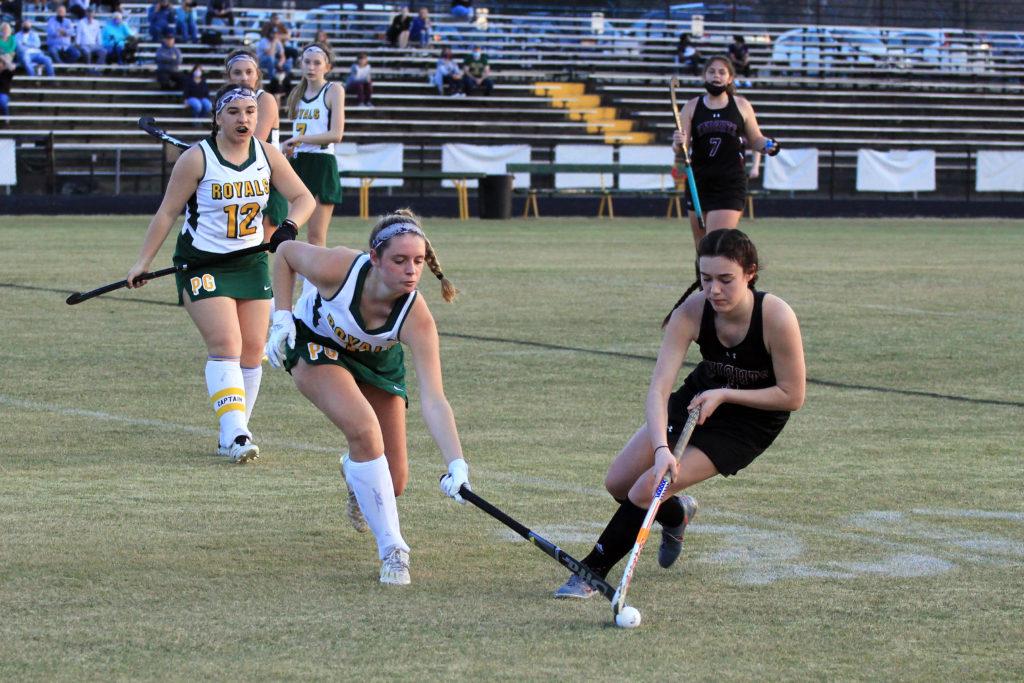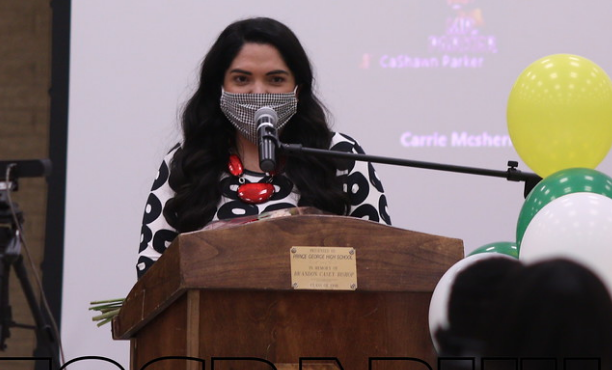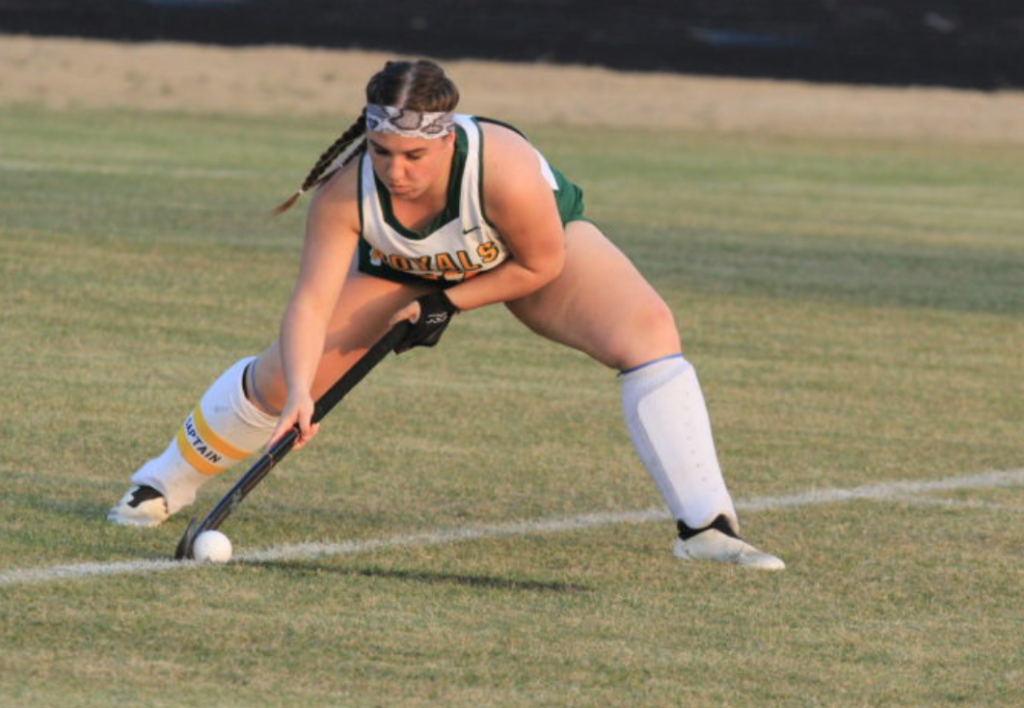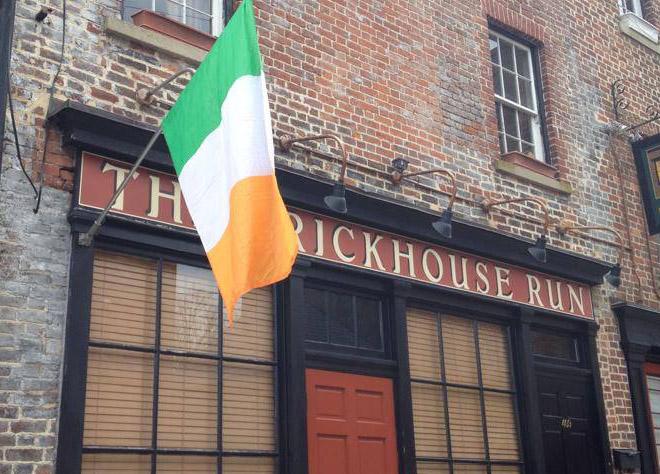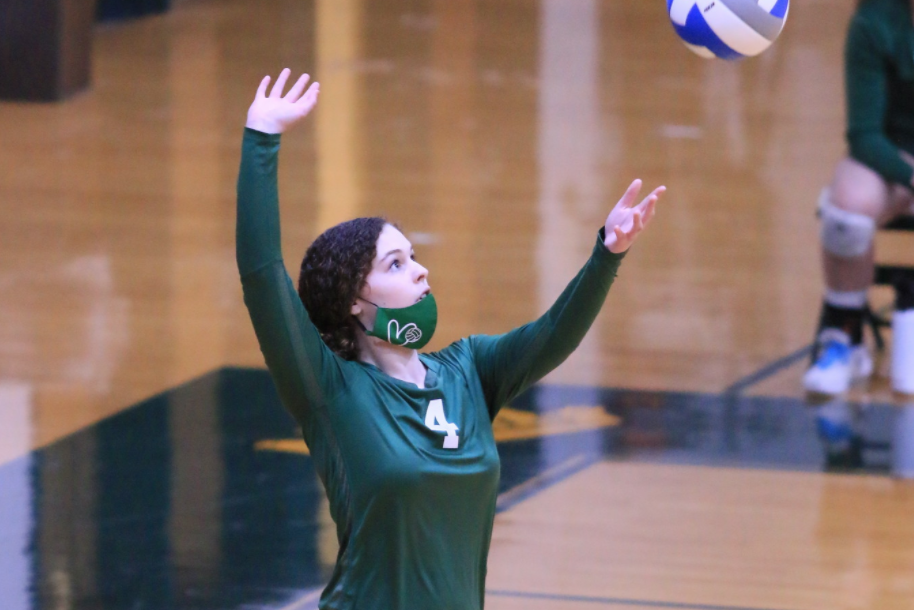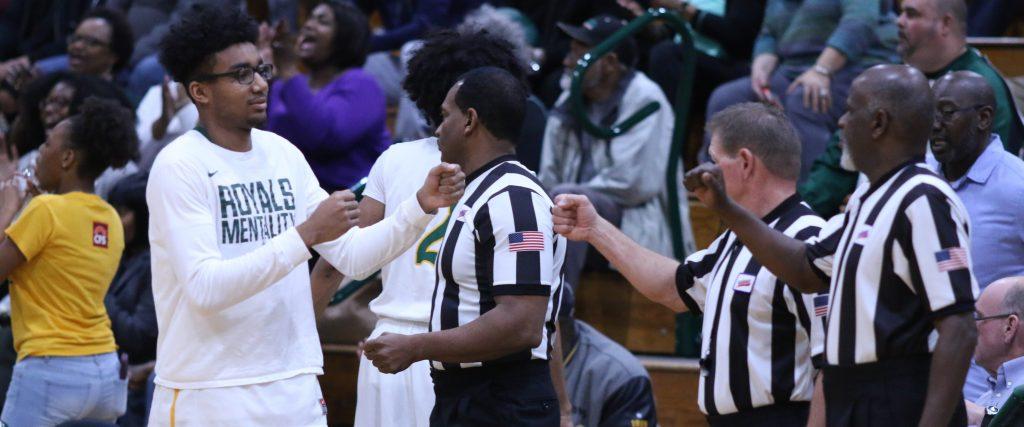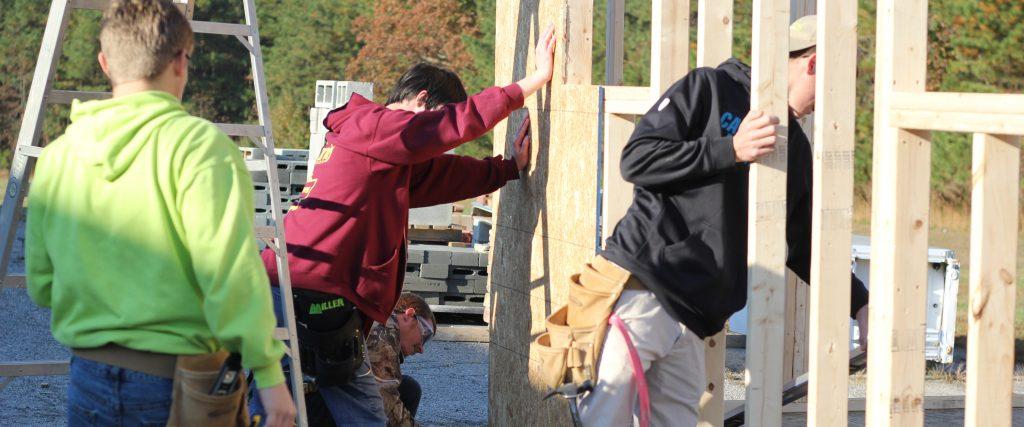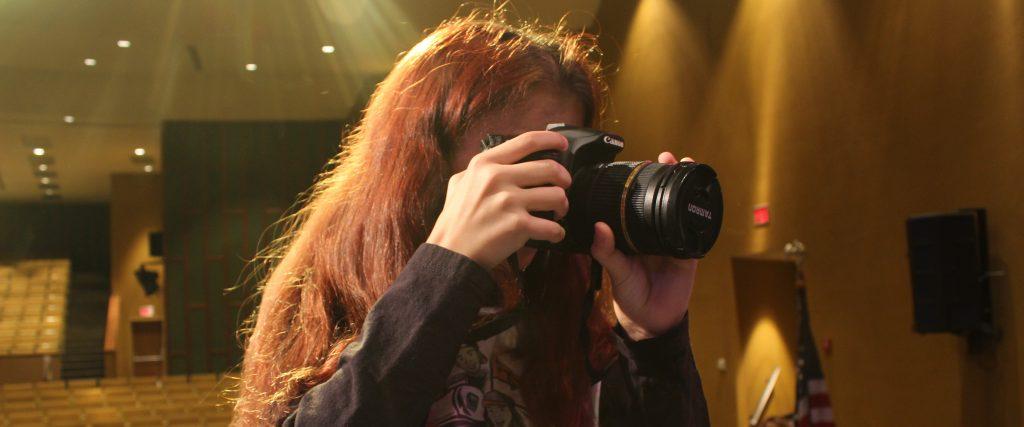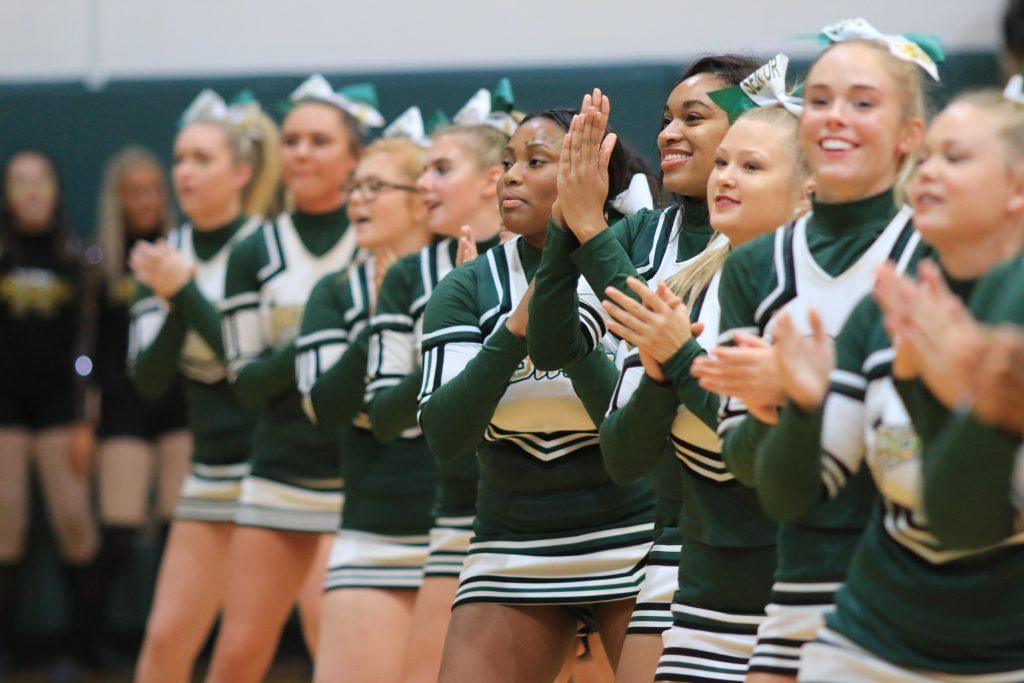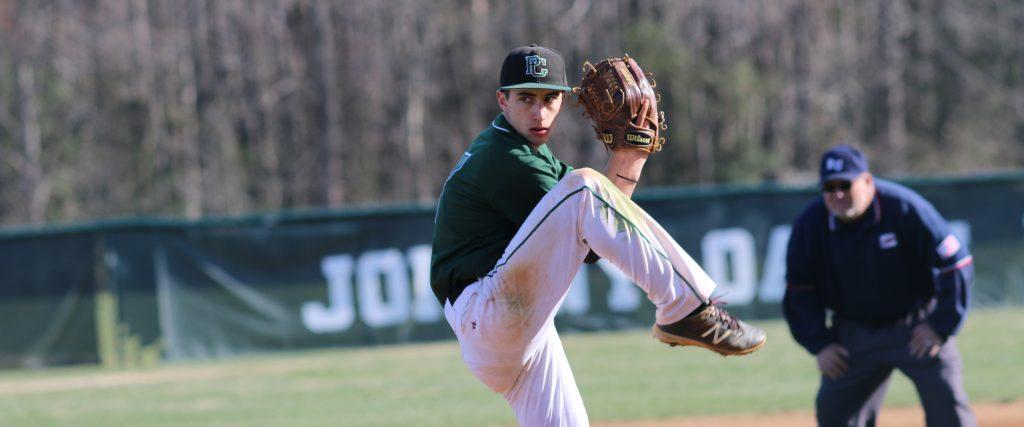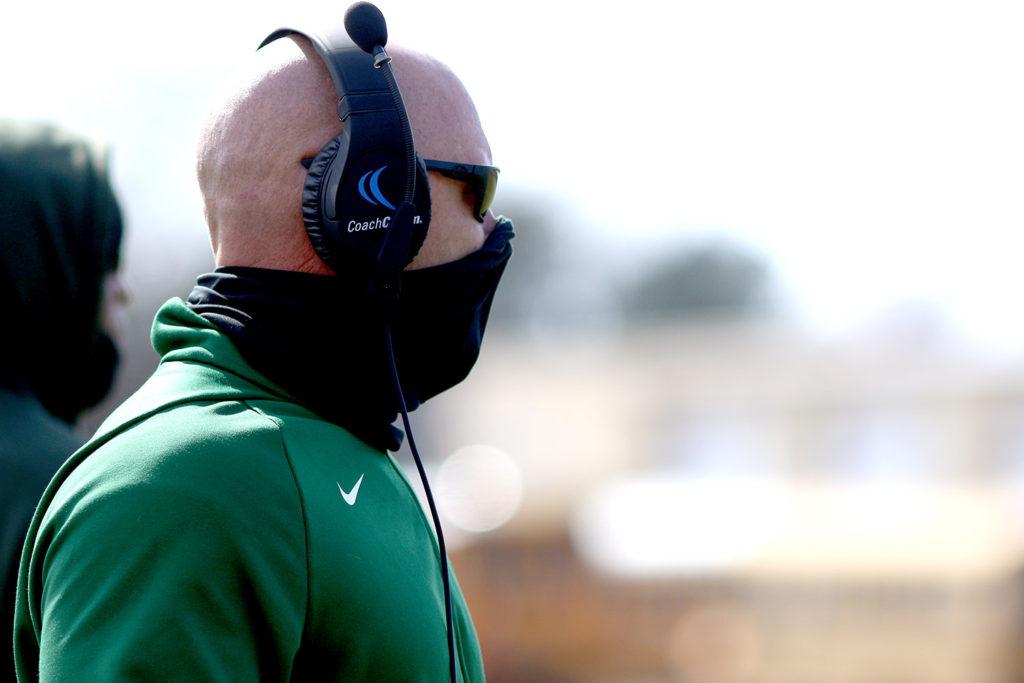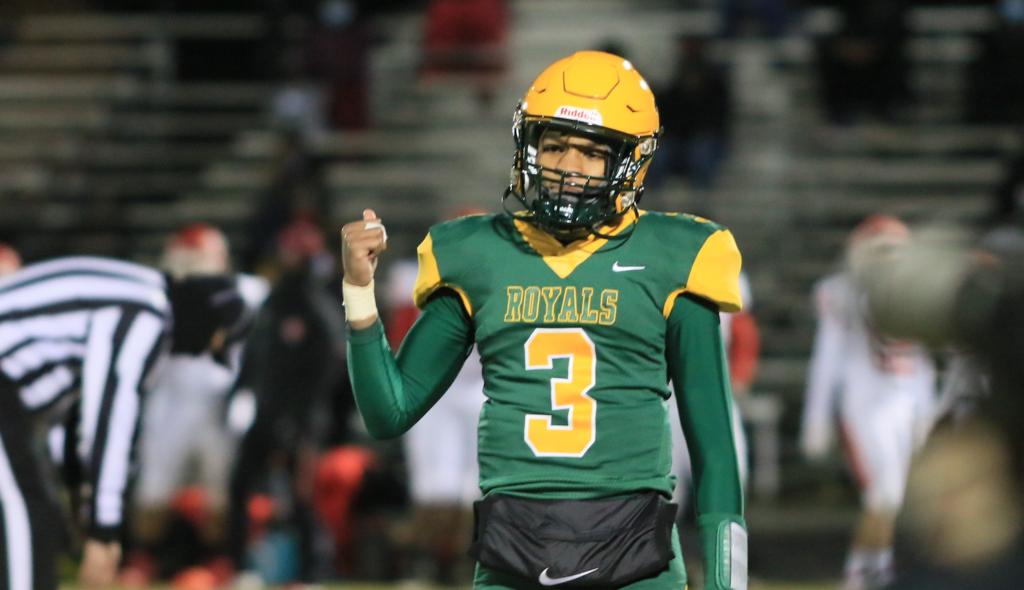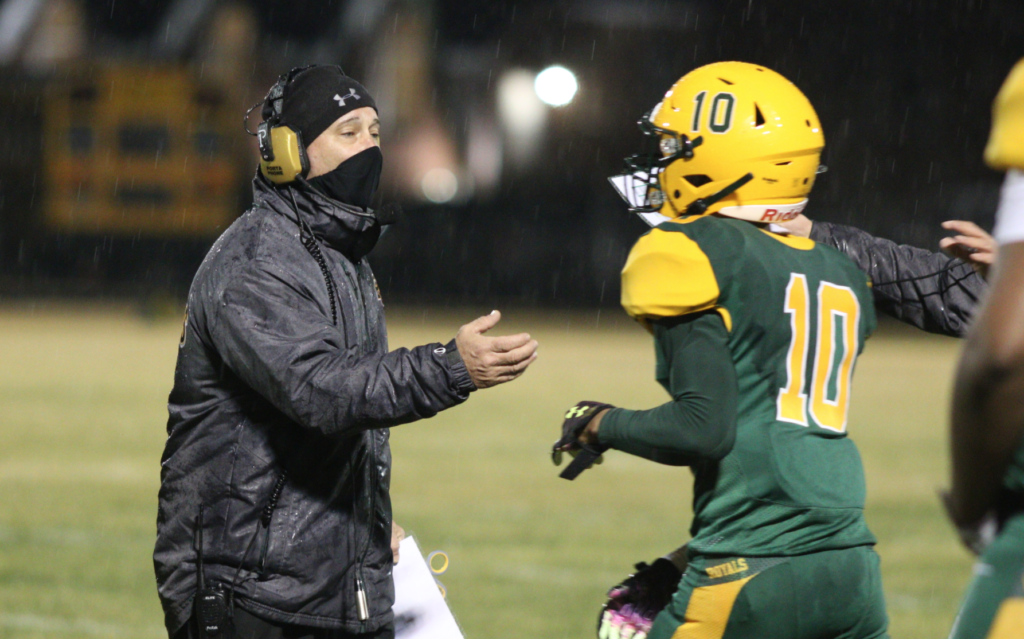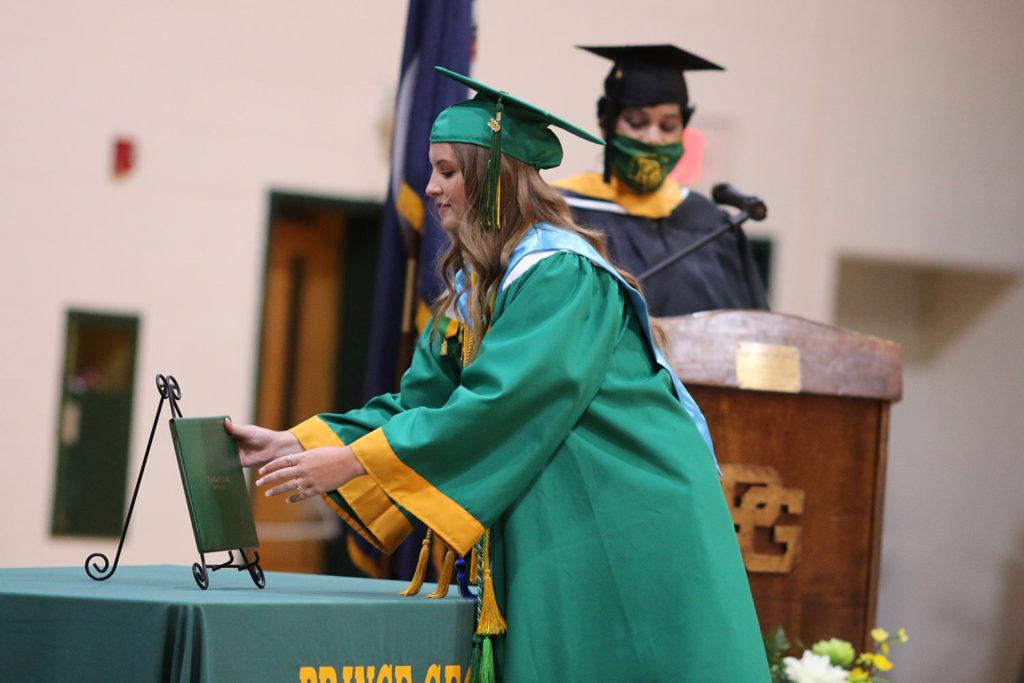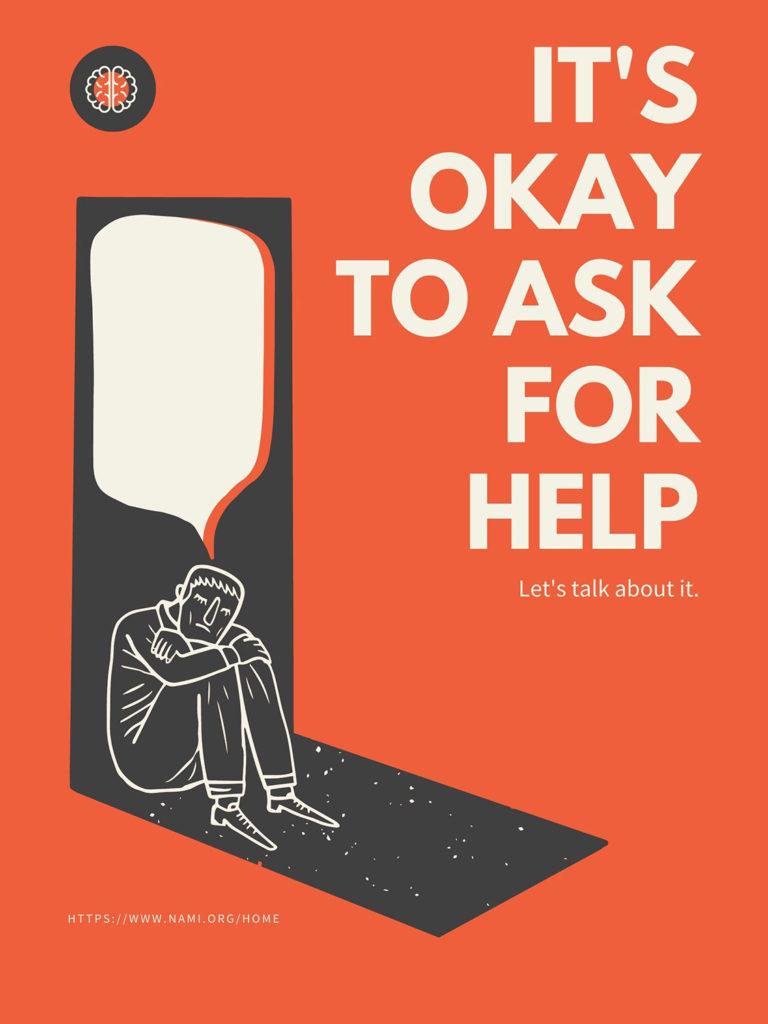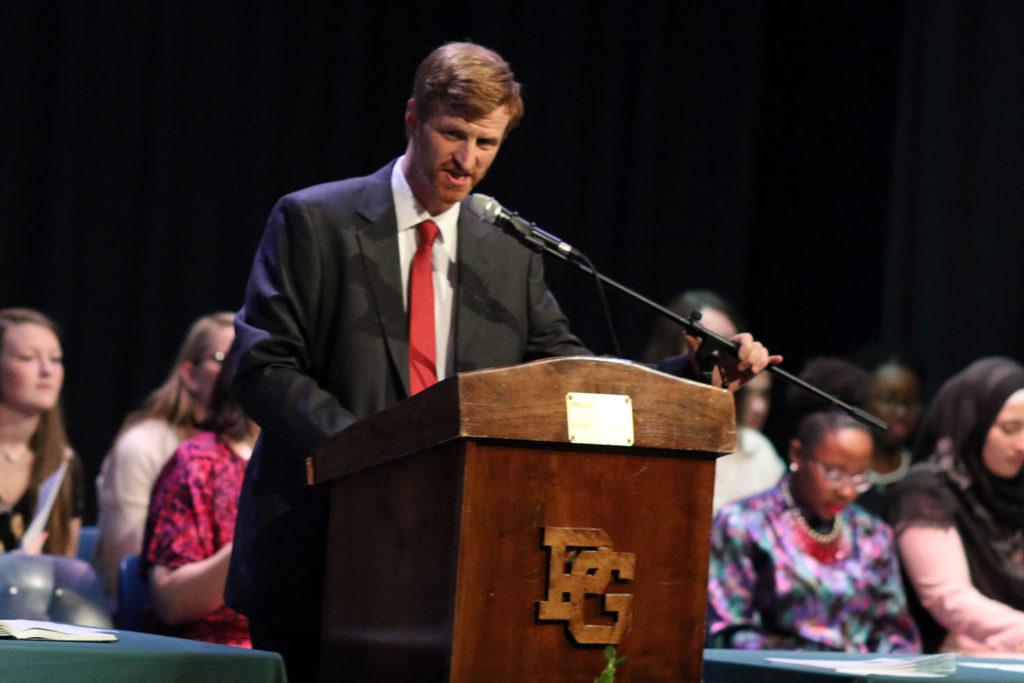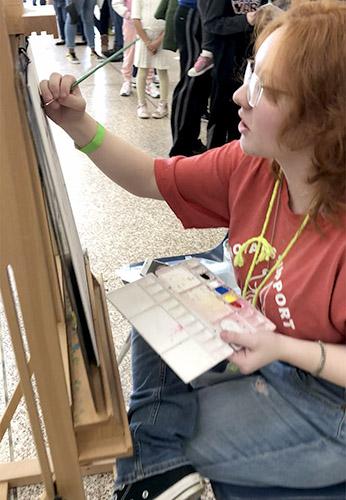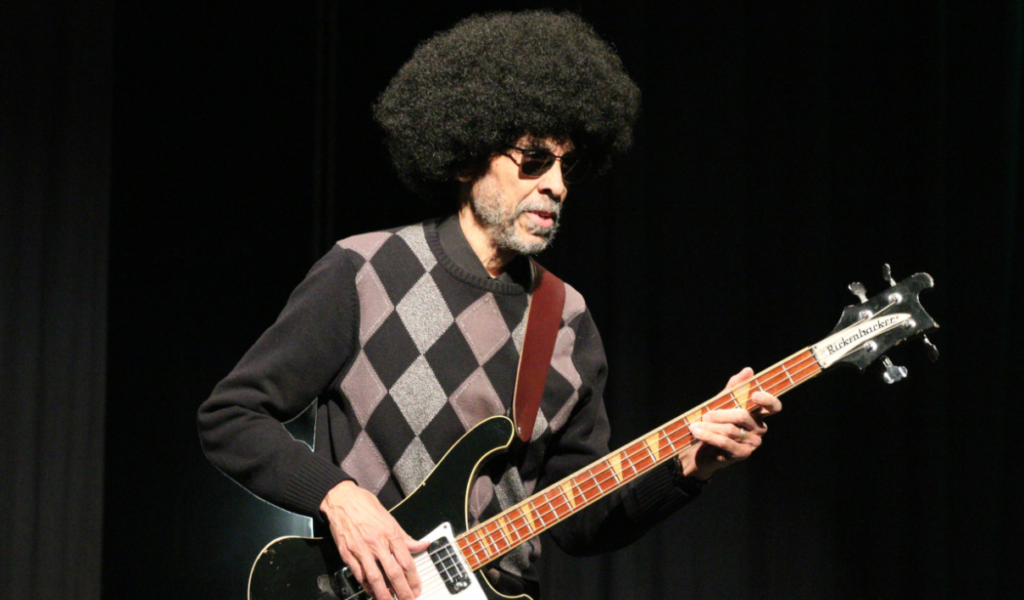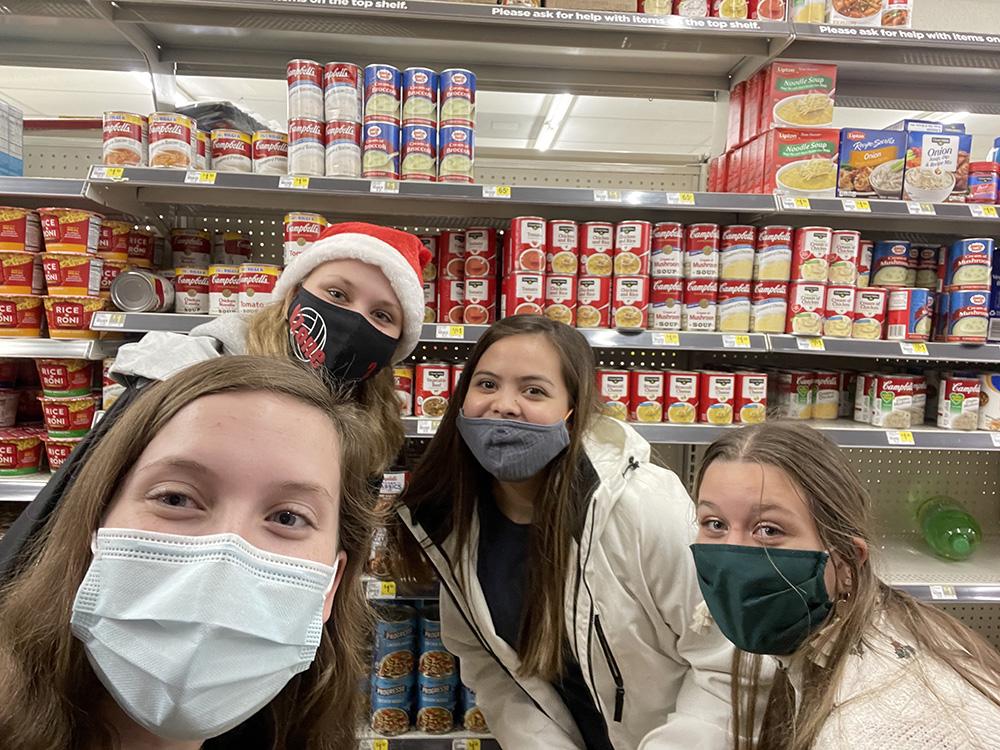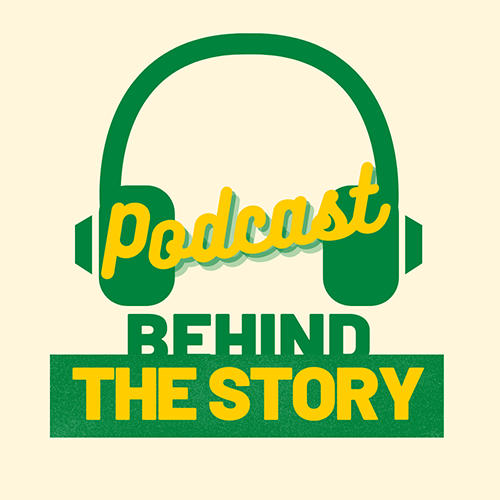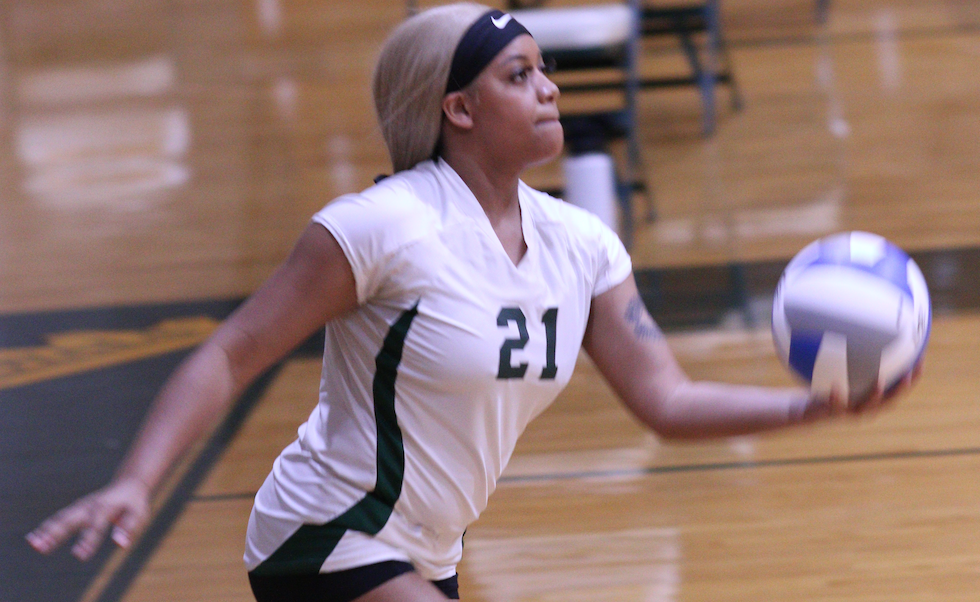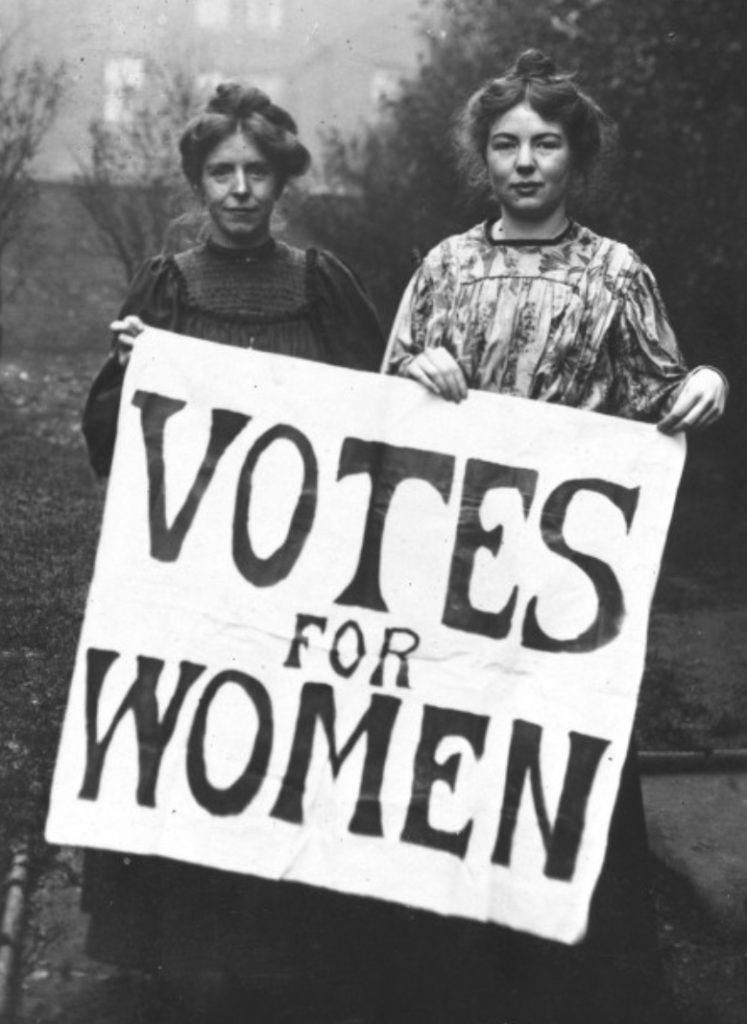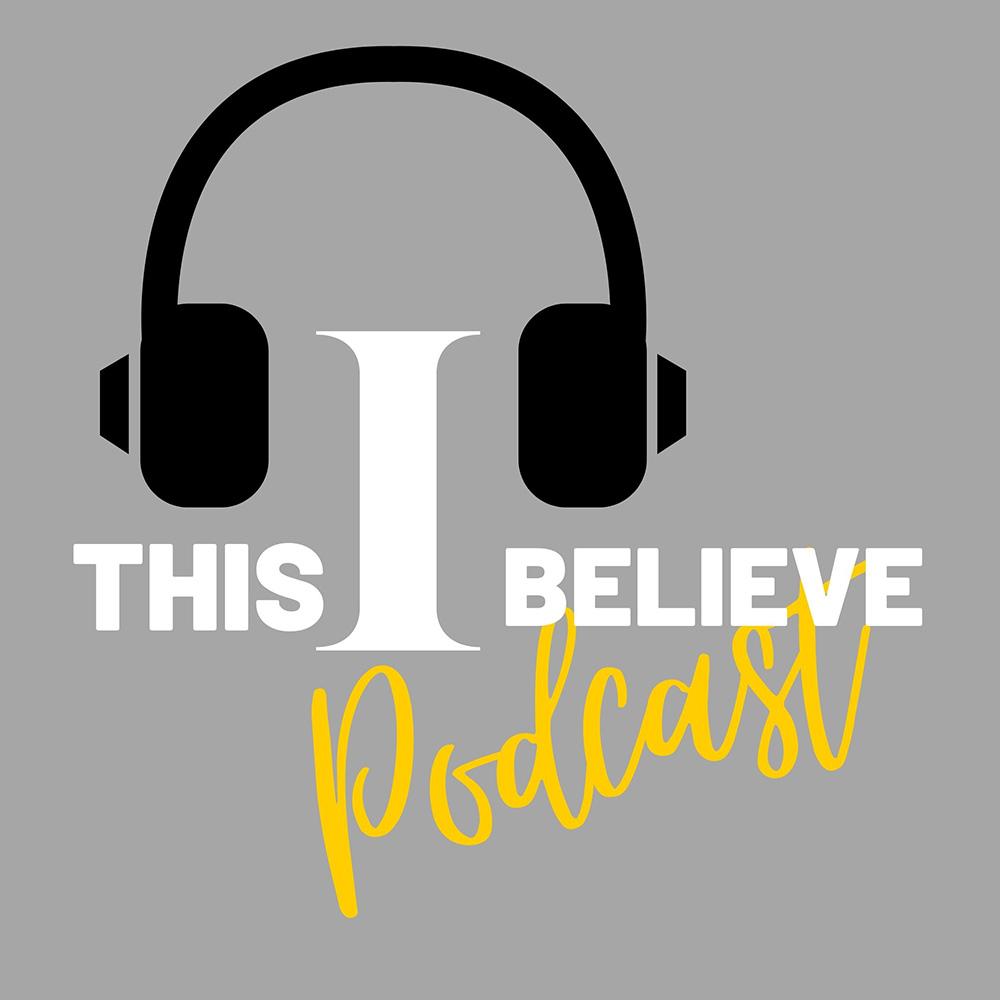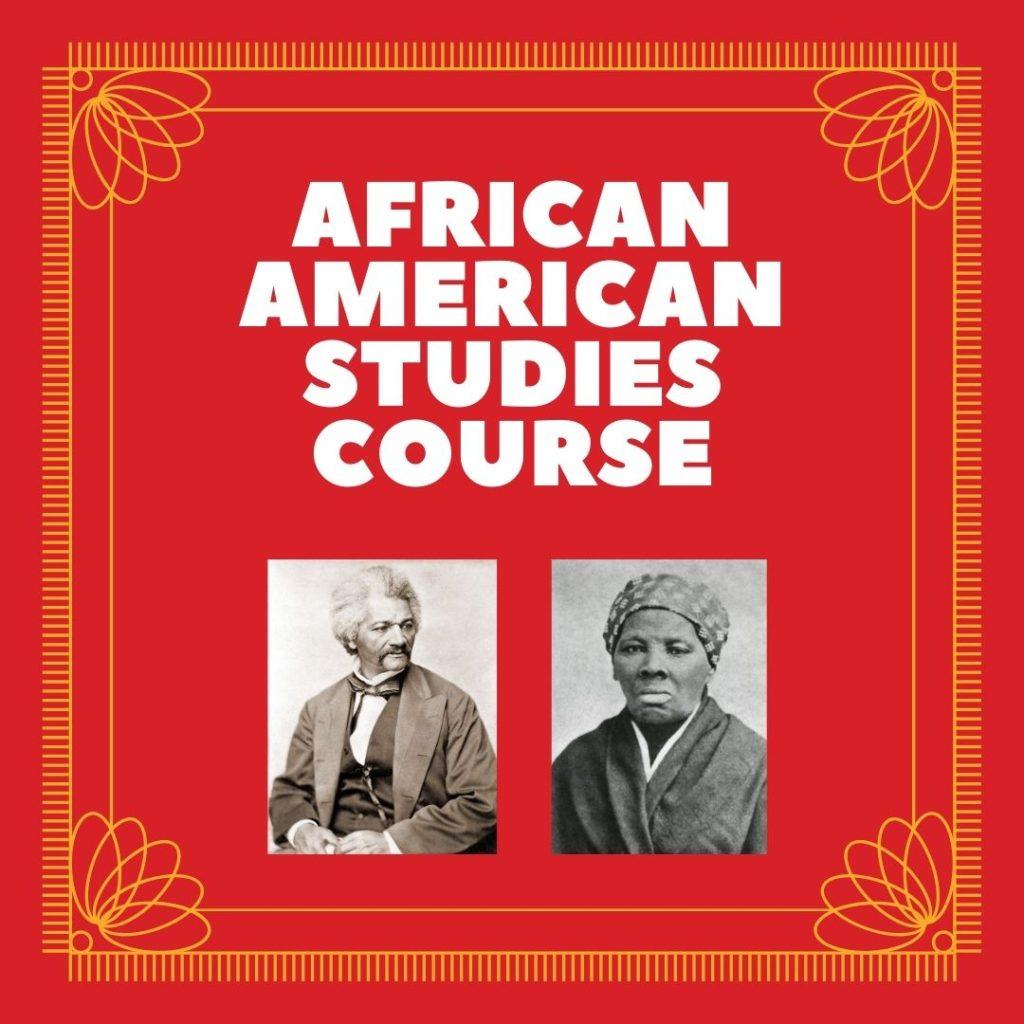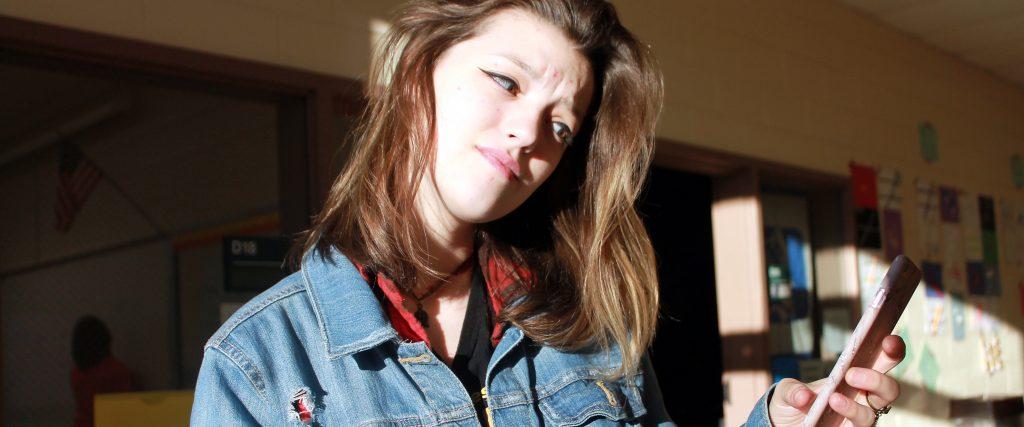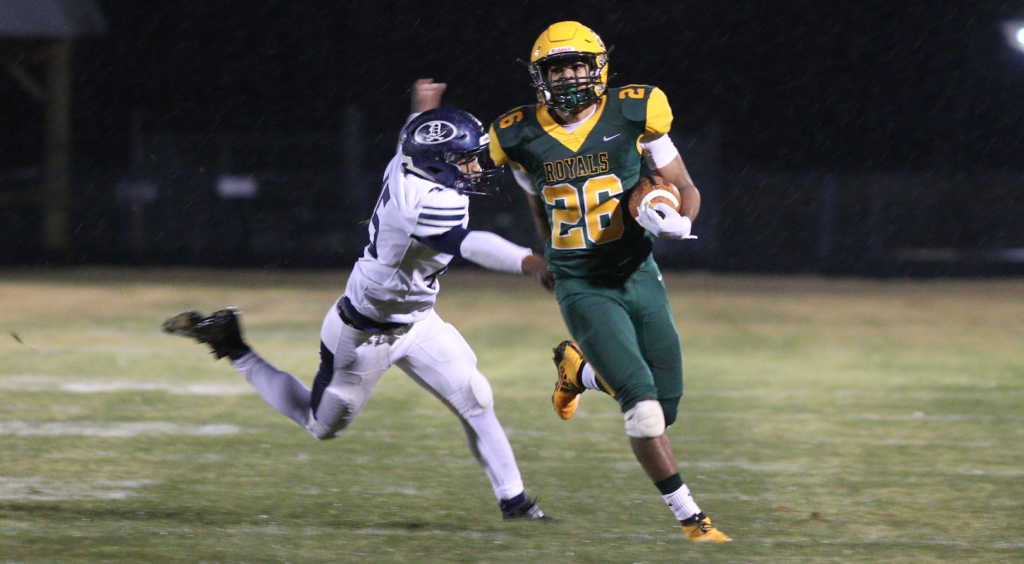During the 2016 presidential campaign season, many voters and students encountered a number of fake news stories on social media sites such as Facebook, Twitter, or Instagram. Presidential candidates Hillary Clinton and Donald Trump were the subject of many articles publishing inaccurate information about their campaigns.
Students are also affected by the occurrence of fake news on the internet. Many students turn to their computer to collect information for papers and projects, and could have trouble distinguishing between credible and inaccurate information.
Librarian Kimberly Bailey notices that many students have become more apt at distinguishing between unreliable and reliable information on the internet.
“Years ago, many students would use Wikipedia or other unreputable websites as resources for their assignments. Today, most high school students know that these resources are filled with inaccuracies and fake news. Students have had to become excellent evaluators of news and information because it is readily available and comes from such a wide variety of sources,” Bailey said.
Librarian Allison Heath also notices a increase in student’s ability to determine whether websites are reliable.
“I put a post up after the election about how shocked I was that adults couldn’t tell the difference. I made the comment that teenagers, you know, high school students did a better job being able to differentiate between real news and fake news. So as students, do research in here I find that, I’m not going to say it is not a problem, students are so good about using the databases, and know the advantages of using the databases. I’m not going to say it’s not a problem, but it is not as widespread as it could be,” Heath said.
The librarians also actively work to implement tools within the school to help students acquire reliable information and sources.
“The school provides several databases for students to use for research and information gathering. This year alone, I have noticed that the students recognize the value of having these resources readily available to them. They know that the articles are reliable, relevant, and factual. Most students no longer hesitate to use the databases over Google for obtaining reliable research. It has taken three years for me to create that mindset but it has been worth it. Students no longer believe that if “it comes from the internet, it must be true,” Heath said.
Heath and Bailey also offered many ways students can distinguish between reliable and unreliable news within their everyday life.
“I suggest two good practices to help ensure that students are getting “good” news instead of “fake” news. First, students should start with reputable, widely known sources of information such as local, state or national news organizations. Also, use the “Rule of Three.” If you find information from one source, you should be able to find the exact same information from two other independent sources to verify the accuracy of the information… 3 sources in all! Sometimes something that sounds too good to be true or too juicy to be true, really is!” Bailey said.
“There are several ways a user can tell the difference between a fake and credible site. The election has motivated me to work on a fake news/credibility bait. In the meantime, there are several quick things you can do to verify a source; pay attention to the web address, look at the purpose of the article and note who created the website,” Heath said.
